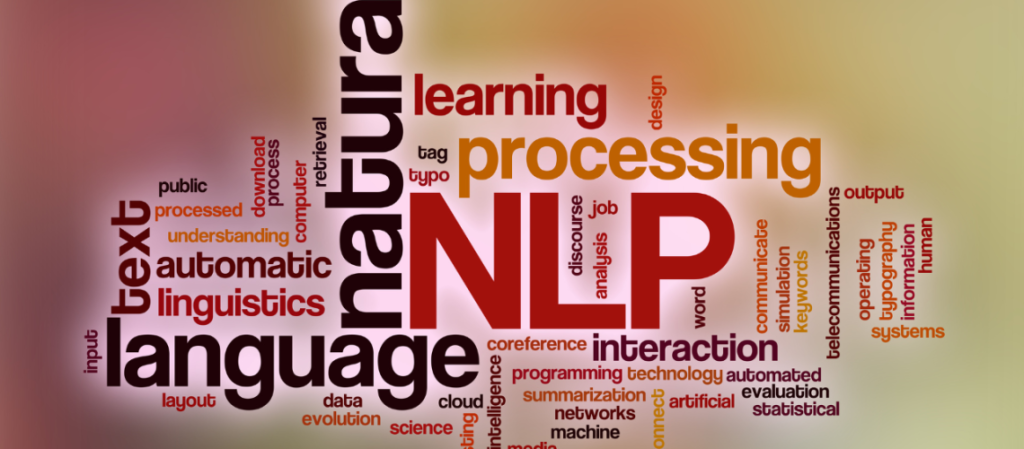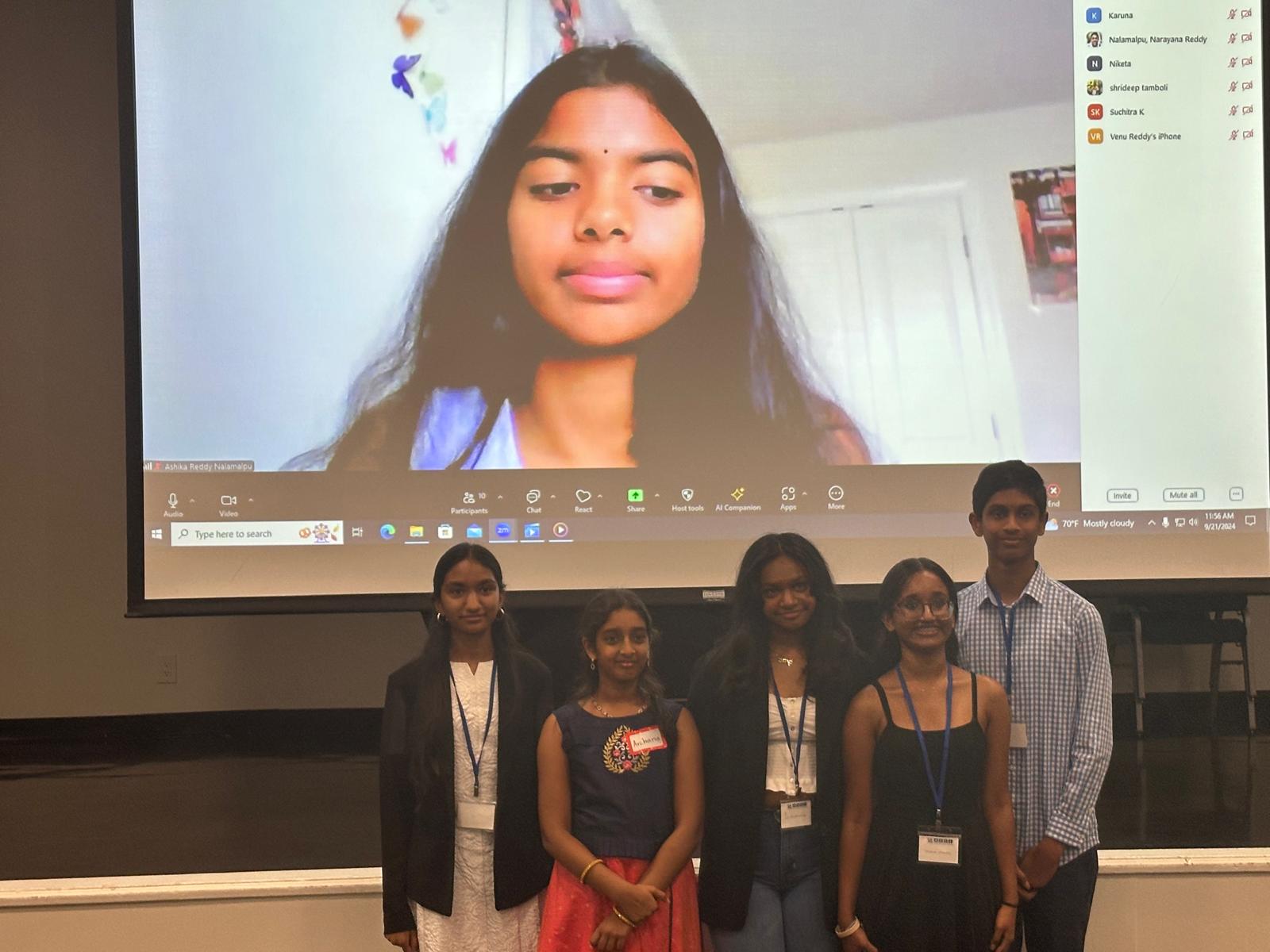Natural Language Understanding and Natural Language Generation are two vital components of natural language processing that enable machines to interact with human language in a meaningful way. NLU involves the comprehension and interpretation of human language by machines, allowing them to extract meaning, identify entities, and understand user intent. NLG, on the other hand, focuses on producing writing or language that is human-like and is based on structured data or information. Together, NLU and NLG form the backbone of intelligent systems, enabling applications such as virtual assistants, chatbots, automated report writing, and personalized content generation. They play a crucial role in bridging the gap between humans and machines, facilitating effective communication and enhancing user experiences.

Natural Language Understanding (NLU)
A. Explanation of NLU
Natural Language Understanding (NLU) involves the ability of a computer or machine system to comprehend and interpret human language. NLU aims to extract meaning from text or speech by analyzing syntactic and semantic structures, identifying entities and relationships, understanding context, and determining user intent. It enables machines to understand and respond appropriately to human queries or commands.
B. Techniques and Approaches in NLU
- Text Classification: NLU utilizes machine learning algorithms to categorize text into predefined classes or categories, allowing the system to understand the overall topic or intent of the text.
- Named Entity Recognition (NER): NER is concerned with locating and categorizing named entities in texts, such as names, places, businesses, dates, and other particular aspects.
- Sentiment Analysis: Sentiment analysis is a method that seeks to identify the emotional undertone or sentiment that is represented in a text, allowing systems to recognise whether the sentiment is positive, negative, or neutral.
- Topic Modeling: Topic modeling algorithms are employed to discover hidden thematic patterns within a collection of documents, enabling NLU systems to identify key topics or themes in textual data.
C. Applications of NLU
- Virtual Assistants: NLU powers virtual assistants like Siri, Google Assistant, and Alexa, allowing them to understand user queries, provide relevant information, and perform tasks based on user instructions.
- Chatbots: NLU enables chatbots to understand and respond to user messages or inquiries in a conversational manner, providing automated customer support, answering FAQs, and assisting with various tasks.
- Machine Translation: NLU plays a crucial role in machine translation systems, enabling them to understand the source language and accurately translate it into the target language.
- Voice Recognition Systems: NLU is employed in voice recognition systems to understand and process spoken language, facilitating tasks such as voice commands, transcription, and voice-controlled operations.
Natural Language Generation (NLG)
A. Explanation of NLG
The process of creating human-like language or text by a computer or mechanical device is known as natural language generation (NLG). NLG systems take structured data or information as input and transform it into coherent and contextually appropriate sentences, paragraphs, or longer narratives. NLG techniques aim to mimic human language generation, making the generated text indistinguishable from text written by humans.
B. Techniques and Approaches in NLG
- Template-Based NLG: This approach utilizes pre-defined templates where certain portions of the text are filled in with specific data or variables. It allows for easy generation of text by replacing placeholders with relevant information.
- Rule-Based NLG: Rule-based NLG systems rely on a set of predefined rules and grammatical structures to generate text. These rules define how different pieces of information should be combined to create coherent sentences.
- Statistical NLG: Statistical NLG employs statistical models to generate text based on probabilities and patterns observed in large amounts of training data. These models learn from the data to generate text that is linguistically correct and contextually relevant.
- Neural NLG: To produce text, neural NLG uses deep learning methods including recurrent neural networks (RNNs) and transformers. These models learn from large amounts of data and can capture complex linguistic patterns, resulting in more fluent and natural-sounding text generation.
C. Applications of NLG
- Content Generation: News stories, product descriptions, weather reports, and financial summaries are just a few examples of the content that NLG systems may automatically create. This enables the production of large volumes of personalized and relevant content.
- Automated Report Writing: NLG is employed to automatically generate reports from structured data, such as business analytics, performance summaries, or scientific findings. It saves time and effort by transforming data into understandable narratives.
- Personalized Emails: NLG systems can generate personalized email messages, such as customer support responses, marketing emails, or transactional notifications. This allows for efficient communication with customers at scale.
- Storytelling and Narrative Generation: NLG techniques are used to create narratives, storytelling, and interactive experiences in fields like gaming, virtual reality, and interactive fiction. On the basis of user interactions and context, NLG may develop narratives and dialogue on the fly.

Relationship between NLU and NLG
A. NLU as input for NLG
Natural Language Generation (NLG) uses Natural Language Understanding (NLU) as an input. NLU helps in interpreting and understanding the input language, extracting key information, identifying entities, and determining user intent.
B. NLG as output of NLU
NLG can be the output of NLU systems. Once NLU processes and understands the input language, it can generate structured data or information that can be used as input for NLG. This structured data, along with additional context, can be transformed into human-like language or text by NLG systems.
C. Examples of NLU and NLG working together
NLU and NLG often work together in conversational systems like chatbots or virtual assistants. NLU helps in understanding user queries or commands, extracting the relevant information, and determining the user’s intent. This understanding is then used by NLG to generate appropriate and meaningful responses.
For example, when a user asks a virtual assistant, “What is the weather like today?”, NLU identifies the user’s intent as a weather inquiry and extracts the location. NLG then generates a response like, “Today’s weather in [location] is sunny with a high of 25°C.”
Challenges and Future Directions
A. Challenges in NLU
- Ambiguity and Context: NLU systems struggle with understanding ambiguous language and context-dependent meanings, leading to potential misinterpretation.
- Variations in Language: NLU faces challenges with diverse language patterns, dialects, slang, and informal expressions, requiring robust language models and training data.
- Handling Complex Queries: NLU needs to handle complex queries involving multiple intents, entities, and intricate relationships between them.
- Domain-specific Understanding: NLU systems may struggle to understand domain-specific or specialized language in specific fields or industries.
B. Challenges in NLG
- Naturalness and Coherence: Generating text that is truly natural and coherent, with appropriate style and tone, remains a challenge for NLG systems.
- Contextual Adaptation: NLG systems need to adapt text generation based on context and user preferences to provide personalized and contextually appropriate responses.
- Avoiding Bias: NLG systems should be designed to mitigate biases and ensure fairness in the generated text by being mindful of the data used for training.
- Generating Structured Content: NLG faces challenges in generating structured content, such as reports or summaries, while maintaining readability and clarity.
C. Advances and future directions in NLU and NLG
- Improved Language Models: Advances in language models, such as transformer-based architectures, can enhance the understanding and generation capabilities of NLU and NLG systems.
- Contextual Understanding: NLU and NLG can benefit from advancements in contextual models that capture fine-grained context and improve the overall quality of interactions.
- Multimodal Understanding and Generation: Integrating NLU and NLG with other modalities like images or videos can enable more comprehensive and contextually rich communication.

Conclusion
The future of NLU and NLG holds promising possibilities. Advancements in language models, contextual understanding, and multimodal integration can lead to more accurate and natural language processing systems. Future developments may focus on overcoming challenges related to ambiguity, bias, and context adaptation. Additionally, ethical considerations and responsible AI practices will play a crucial role in ensuring fairness, transparency, and inclusivity in NLU and NLG systems. Continued research and innovation in these areas will unlock new potentials and applications for NLU and NLG, benefiting various industries and transforming human-machine interactions.



